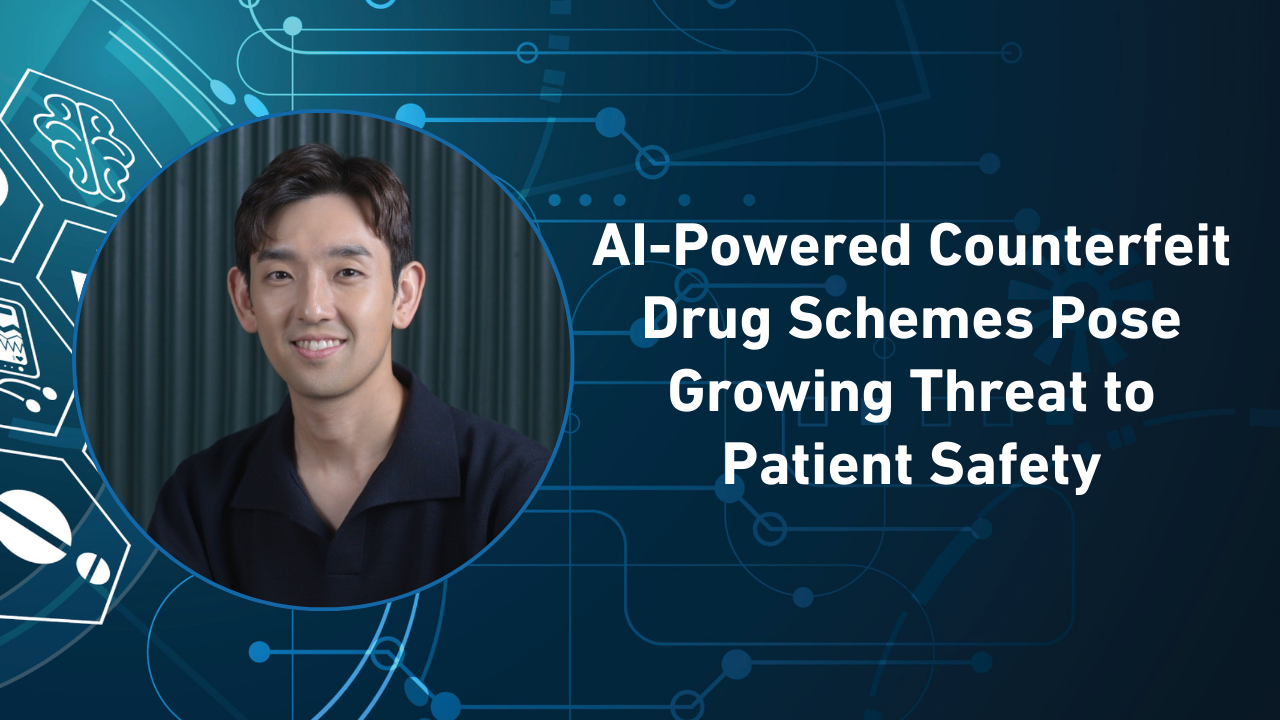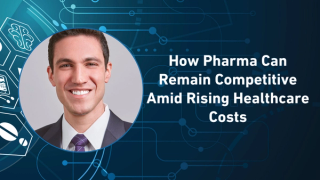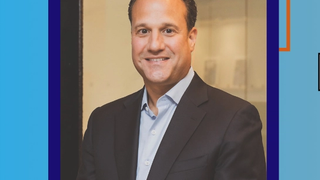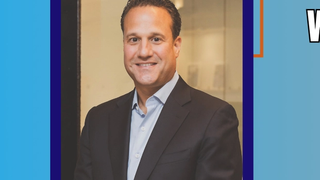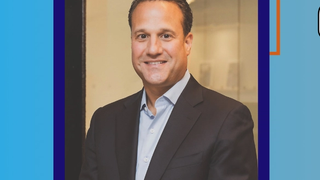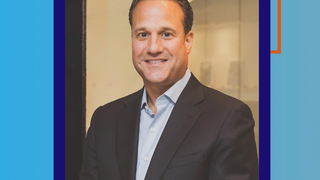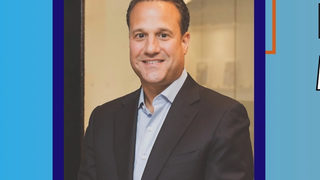
Patient Support
Latest News

Latest Videos

Podcasts
More News

Why it’s time to act on passing key bills to boost access for millions.

The GSK Flovent example highlights the consequences for patients and pharma of the decision to eliminate the Medicaid rebate cap.

This episode of Pharma Pulse examines how in-store pharmacies are evolving beyond prescriptions to deliver clinical services, nutrition support, and real-time education, bridging care gaps in pharmacy deserts across the United States.

With 14 new lawsuits filed and 132 total complaints across 40 states, Novo Nordisk is intensifying efforts to protect patients from unapproved compounded semaglutide products by targeting pharmacies, telehealth providers, and deceptive marketing practices that compromise safety, mislead consumers, and violate FDA regulations.

The online weight loss company launches a $119 starter plan using low-dose semaglutide and behavioral coaching to improve access, reduce side effects, and support sustainable weight loss.

Amid the growing crisis of pharmacy deserts, these entities are tapping new avenues in care delivery, including the integration of clinical services, nutrition counseling, and real-time patient education.

A JAMA Network Open study reveals that patients with private insurance can face monthly costs nearing $600 after a cancer diagnosis, highlighting the disparities based on cancer stage and calling for stronger financial support policies.

These innovations are revolutionizing pharmaceutical packaging by enhancing drug safety, combating counterfeiting, ensuring regulatory compliance, and improving patient adherence across the supply chain.

The acquisition merges eBlu’s automation platform with Knipper’s nationwide distribution network, streamlining benefit verification, prior authorization, and patient onboarding while reducing administrative burdens for specialty providers.

The study reveals that resilience varies significantly by race, education, income, and insurance status, highlighting the role of social determinants and systemic inequities in shaping health outcomes.

Cellular Origins, CGT Catapult, and Resolution Therapeutics partner up to design a fully automated, scalable CGT manufacturing solution, with the goal of accelerating patient access to cell therapies.
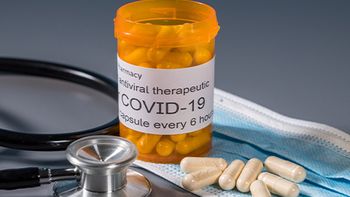
New research finds that nearly half of the racial and ethnic disparities in outpatient COVID-19 antiviral prescriptions stem from encounter-level care barriers, such as limited access to rapid tests and telehealth, which emphasizes the need for systemic and practice-level reforms.

Engaging the full workforce—from HR to R&D—can elevate launch outcomes, build trust, and create long-term brand ambassadors.

Through a strategic, non-profit agreement, Gilead will supply up to two million doses of the long-acting HIV prevention drug across 120 low- and lower-middle-income countries over the next three years.

The company joins a wave of global pharma companies reshoring operations to strengthen the US supply chain and meet patient needs through domestic innovation and capacity.

As drug development increasingly targets multiple indications, pharma companies must make strategic branding decisions—balancing regulatory requirements, market dynamics, and patient safety—to choose between single-brand or multi-brand approaches.
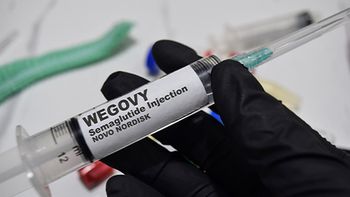
Access to the GLP-1 will be streamlined, and starting July 1, will result in a limited-time $299 price for eligible self-pay patients.

Analysis compares care quality and efficiency within physician groups that treat Medicare Advantage patients under at-risk contracts, versus fee-for-service.

The collaborative research initiative will be focused on advancing approaches to enhance the therapeutic efficacy of regulatory T cells and tumor-infiltrating lymphocytes.

The advantages and challenges associated with structuring a patient assistance program as a non-profit foundation.

Doubling down on patient access and support fundamentals will win out over Washington’s next move.

Many uninsured and underinsured individuals remain unaware of vital financial assistance programs for prescription costs, highlighting a critical need for increased awareness and resources.

As the rising cost of prescription medications in the United States becomes an increasing barrier for millions of people, how can we effectively address and improve patient adherence?

A cross-sectional study uncovers the current and projected economic burden of Alzheimer’s disease and related dementias (ADRD) through 2060 among non-Latino African American, Latino, and non-Latino White adults.

A systematic review determines if adult patients with language barriers are less likely to use the video-based virtual care option, while exploring equity and accessibility gaps when it comes to telehealth.

